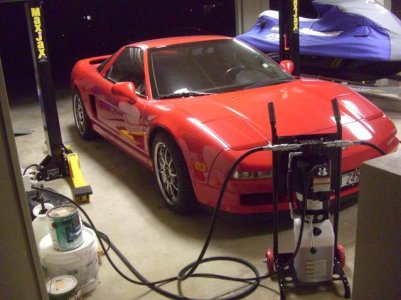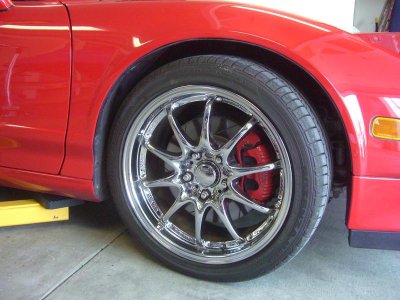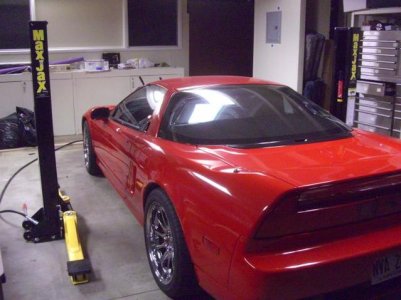For those guys running 235's up front, do you guys have eccesive rub?
I am planning to replace my 215's with 235's ofcourse, just want to know how bad is it?
My front specs are 17x8 +48. 215/40/17 RT-615's( which we now they are narrower than your avarage performance tire.)
I am thinking I could compensate inner rubbing with spacers...?.
Thanks for the input.
-MSR
I am planning to replace my 215's with 235's ofcourse, just want to know how bad is it?
My front specs are 17x8 +48. 215/40/17 RT-615's( which we now they are narrower than your avarage performance tire.)
I am thinking I could compensate inner rubbing with spacers...?.
Thanks for the input.
-MSR









